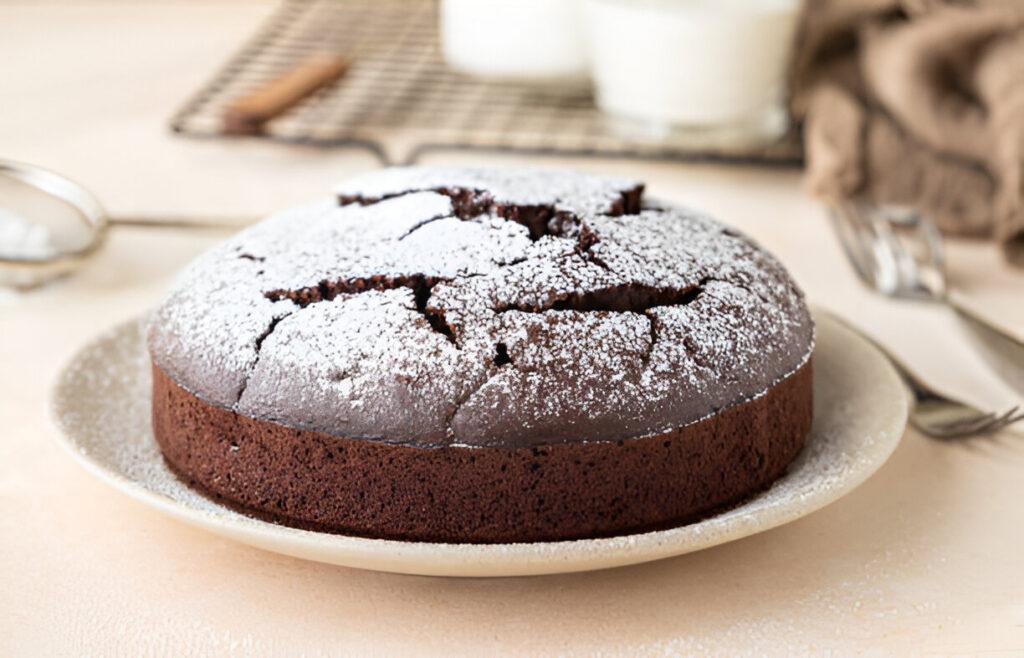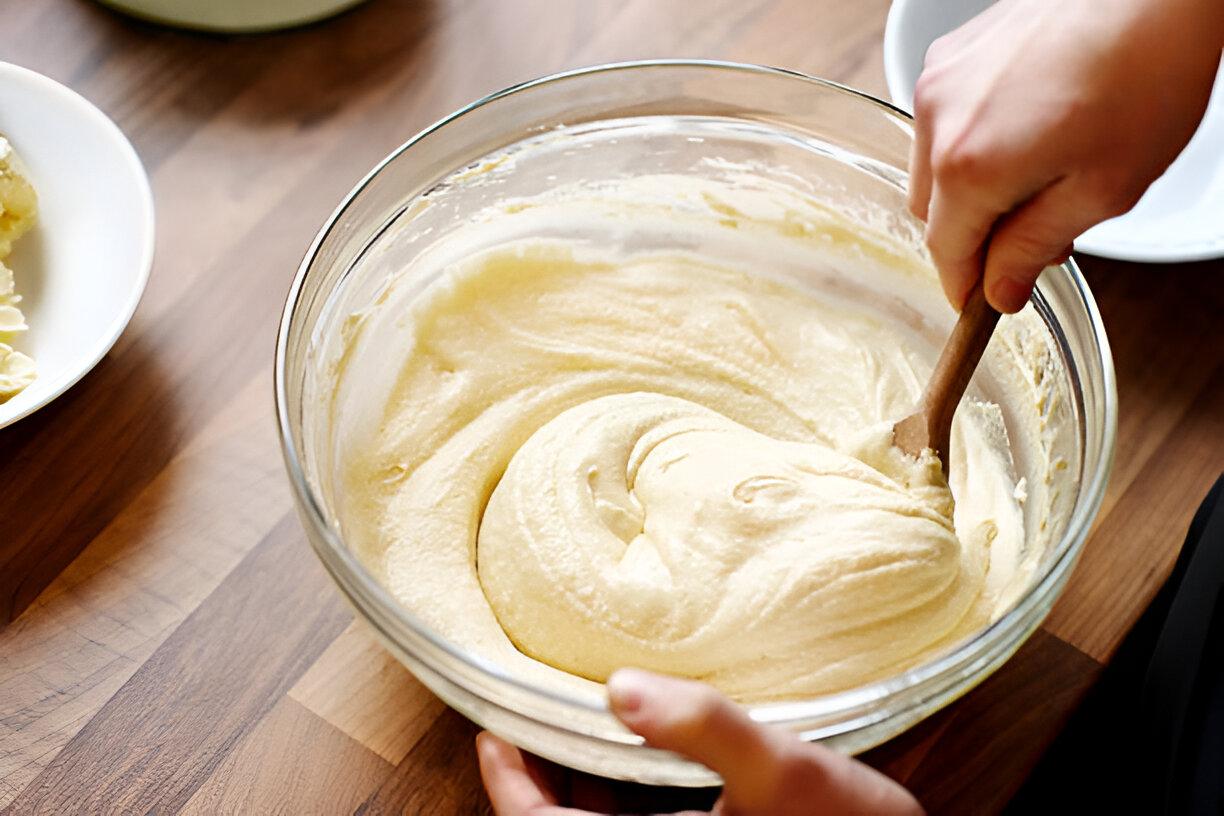What are Gluten Free Cake Mixes?
Gluten free cake mixes have become increasingly popular in recent years, catering to individuals with gluten intolerance, celiac disease, or those simply choosing to avoid gluten for dietary or health reasons. These mixes offer a convenient and reliable way to bake delicious cakes without the need for traditional wheat-based flour. The rise in demand for gluten-free products has led to significant advancements in the quality and variety of gluten-free cake mixes available on the market. This article explores the components of gluten-free cake mixes, their benefits, how they compare to traditional cake mixes, and tips for using them effectively.
Gluten free cakes are delectable baked treats with plenty of flavor and style options to satisfy every palette and special event celebration. From the basic pound cake served at tea time, to three-tiered showstoppers that can mark special moments, there’s bound to be an ideal gluten-free cake recipe out there just waiting to be tried out.
When baking gluten free cakes, it is crucial that a high quality mix featuring xanthan gum has been tested for gluten. Furthermore, always use a scale when measuring ingredients – this will ensure more accurate results! To achieve the best possible result and to minimize contamination issues with gluten, avoid using single origin alternative flours like teff or rice alone as these have distinct properties from wheat that should only be combined with other flours for baking.
Other essential ingredients of a good gluten free cake mix are cornstarch and natural extracts. Both ingredients help create fluffy cakes with light crumb. Moreover, this mix should also contain leavening agents to aid in rising and prevent the cake from becoming sticky.
Make sure that when baking this cake at a lower temperature than you would for regular wheat cakes, to ensure even baking of the flour and prevent any areas that don’t bake thoroughly from drying out before it has fully baked through.
How do I bake a gluten free cake?

When baking gluten free, the key is using an all-purpose flour blend containing xanthan gum that mimics wheat’s elastic qualities and creates light and airy cakes.
Use a scale when measuring ingredients to ensure an evenly baked cake. Milk instead of water in recipes adds both flavor and moisture; try adding some sour cream or yogurt into this Lemon Yogurt Cake as well.
Avoid dense alternative flours like buckwheat when crafting cakes as this can prevent proper rising and result in sticky textures. A better choice would be pairing it with lighter flour such as oat or sorghum to maximize rise and texture.
Baking gluten free may require additional leavening agents than are found in wheat flour, such as baking soda and powder. Therefore, most cake mixes contain different leavening agents such as these when used as leavening agents in baking gluten-free.
Before baking your cake, be sure that both your oven is at an appropriate temperature and that you use a nonstick pan (or grease with melted butter) that allows for even cooling before frosting it. Once completed, let it cool completely before starting any frosting work on it.
Can I doctor a gluten free cake?
Some individuals enjoy adding extra ingredients to their gluten free cake mix in order to enhance its taste and texture. They may add things such as milk, eggs or fats which will give the cake more flavor as well as creating a lighter, fluffier texture.
Another method for improving gluten-free cakes is adding acidic ingredients like vinegar or lemon juice, which will react with baking soda to increase leavening and make the cake rise further. Furthermore, some people find adding additional sugar can make their cake mixes lighter and fluffier.
Additionally, when baking cakes it’s essential to follow the recipe exactly and weigh your ingredients for accuracy.
So that your cakes come out perfect, be sure to test your cakes early and often; especially with gluten free baked goods. If a toothpick comes out with wet batter on it, the cake may need more time in the oven; additionally, make sure that both edges and centers of cakes have reached completion before signing off as being done.
In conclusion, gluten free cake mixes have revolutionized the way people with gluten intolerance or sensitivity can enjoy baked goods. They offer a convenient, high-quality alternative to traditional cake mixes, with a wide range of flavors and options to suit every taste. By understanding the ingredients and techniques involved in gluten free baking, anyone can create delicious, gluten free cakes that are sure to impress. Whether you are new to gluten free baking or a seasoned pro, gluten free cake mixes provide endless possibilities for creating treats that everyone can enjoy.

Written by Samantha Greene, a gluten-free home cook with over 10 years of experience creating allergy-friendly recipes the whole family can enjoy.






